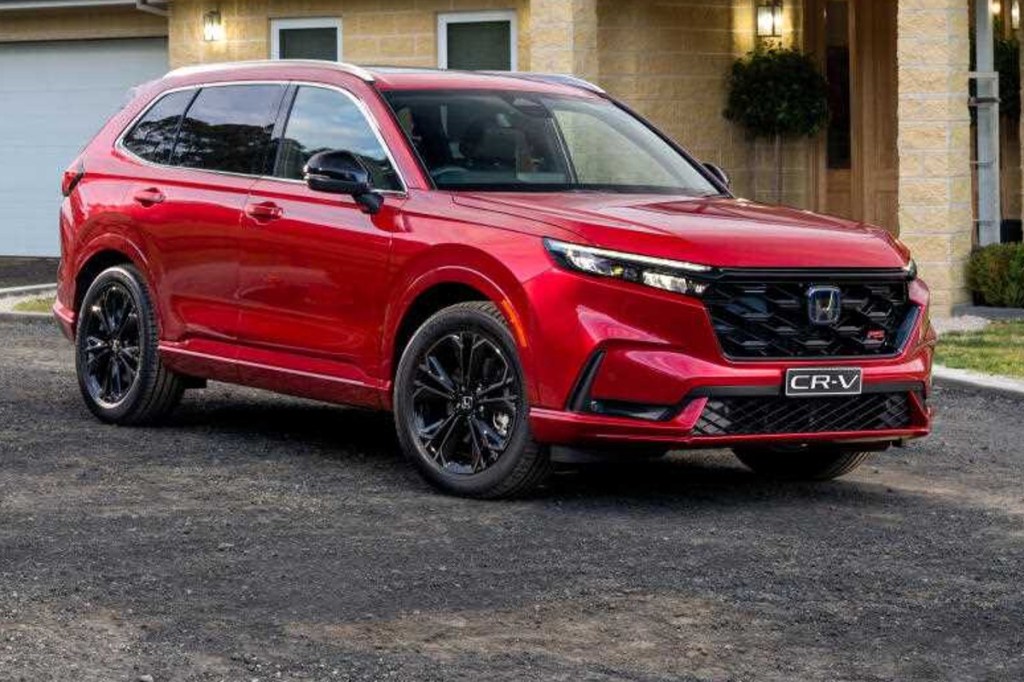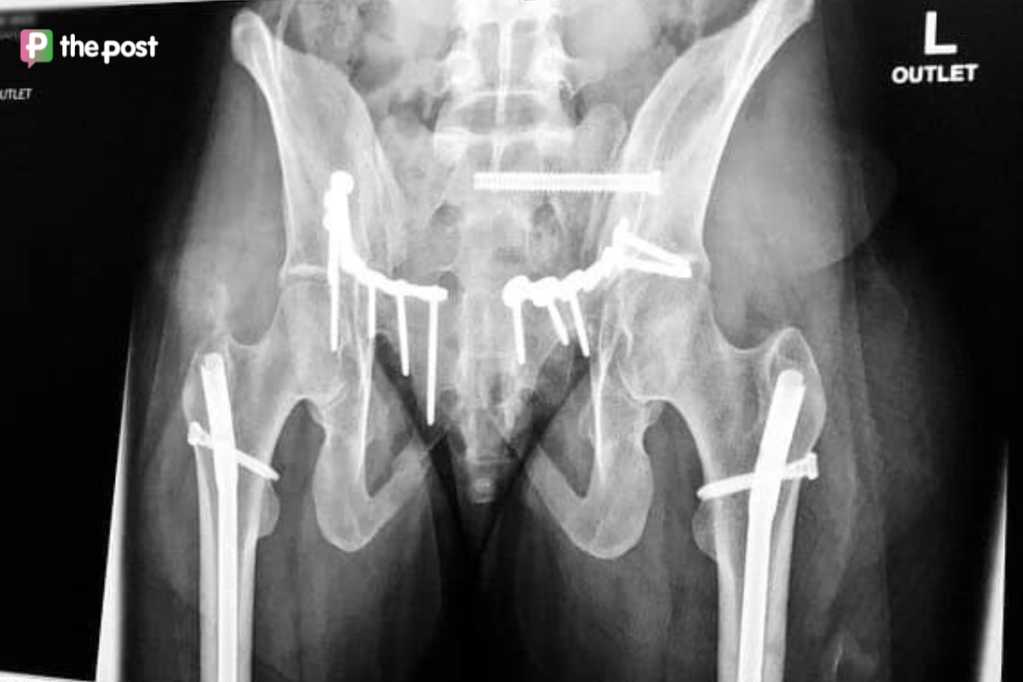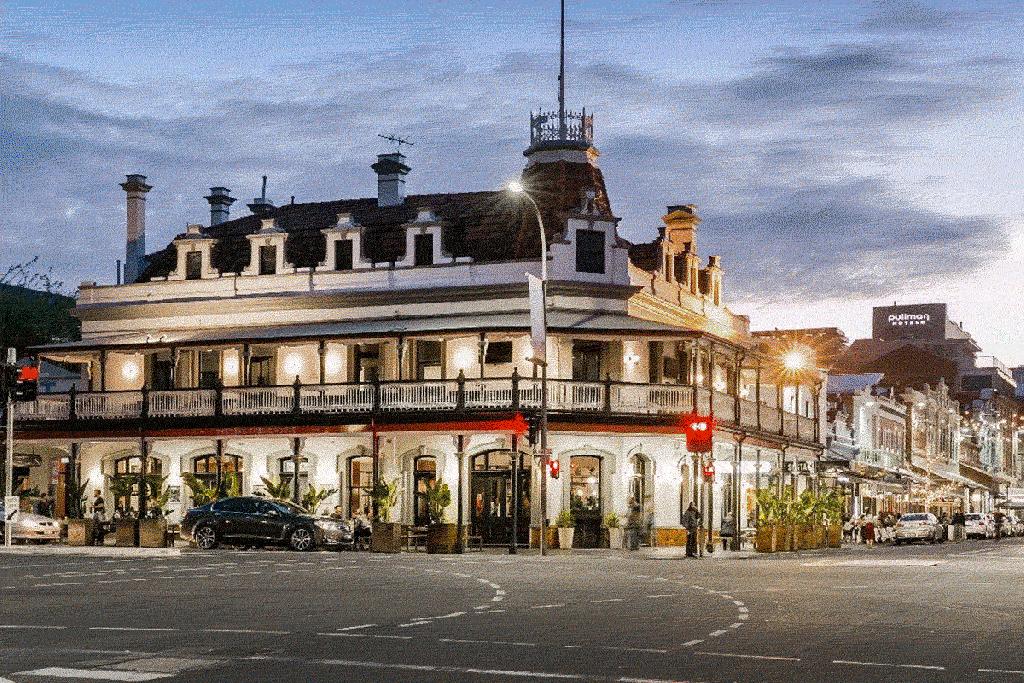Don’t mention the ‘m-word’: Honda slips behind the pack
A ground-breaking machine in its early days, the sixth-generation of Honda’s iconic CR-V has slipped to the back of the pack but new technology might turn that around.

Of all the words you could use to describe high-flying Japanese carmaker Honda, “mediocre” would not be one of them. Never has been.
It could be winning the world motorcycle championships (ask Wayne Gardner, Mick Doohan or Casey Stoner).
Or think of Honda building the engines for a succession of world-beating Formula 1 cars (ask F1 champ Max Verstappen or young Aussie ace Oscar Piastri).
Or simply creating sophisticated, classy and popular vehicles for worldwide markets.
Despite this solid-gold reputation, it is clear that Honda has not been doing well in recent times.
Having recently tested Honda’s flagship model, the Accord sedan, the latest offerings from the “prince of Japanese vehicles” was a little surprising and disappointing. (Okay, Lexus might have something to say about that royal title. Let’s say the Prince Harry of Japanese vehicles).
But the truth is, Honda has been off its game for a few years. Which is surprising because the company has always treated its vehicles and reputation with a kind of spiritual reverence – one of many Japanese marques so fixated on quality and innovation.
The Honda brand was launched way back in 1946 by Soichi Honda, who set up a small mechanic business tuning the latest motorcycles for his friends.
From there the company expanded into four-wheeled vehicles by 1967, when the first four-wheeled Honda, the N600, was released, looking less stylish than the box it arrived in.
You might like
It was then that motorsport, be it on four wheels or two, became a Honda obsession. Founder Soichi San once said “without Formula One, there is no Honda”.
It’s also no coincidence that Honda has developed such an admired brand, with Australia as a key target.
As long as four decades ago the Honda range included such memorable models as the Honda Zot, followed by the Civic, Accord, sporty Prelude, not to mention the Jazz, which revolutionised the small-car market with its unique, flat floor design – giving a tiny car all the space of a full-sized one.
But few models advanced the Honda brand more than the ground-breaking CR-V.
It arrived in 1995 as one of the very first “urban SUVs” and in the three decades since, it has built a hugely loyal following across six generations.
The company’s recent advertising campaign for this latest CR-V harked back to that very first iteration, highlighting one famous feature –the picnic table, which folded out of that car’s cargo hatch – perfect for watching kids’ sport in comfort or sneaking off to the beach once the match was finished.
The picnic table even featured in this year’s ads for the latest, sixth-generation CR-V – referenced even though no longer part of the offering.
Yes, you heard right: advertising a feature that you no longer sell. How unique.
This latest CR-V arrived late in 2023, designed for families with impressive space (including optional seating for seven), reasonable performance, frugal consumption and a strong technology suite.
All good so far.
The biggest advance in this latest model is the addition of a sophisticated hybrid drivetrain which was tested some weeks ago in the all-new Accord.
The new CR-V will be offered in a staggering seven different trim variants, topping out with the tested eHEV (hybrid electric vehicle) RS (the sportiest designation). Six colours are offered – almost certainly one of the few vehicles that has more colours than models.
Stay informed, daily
The CR-V will give a choice of two engines, one with dual hybrid assist and the other with a more conventional, naturally aspirated four-cylinder.
Strangely, the hybrid engine is available only in the costliest flagship model, which is no doubt trying to direct buyers to the most expensive variant. Or perhaps to deflect criticism the range-topping CR-V eHEV RS is a tad overpriced at $60,400. In contrast, the entry-level VTiX will set you back a much more agreeable $43,900.
In the CR-V flagship’s favour is the impressive 5.5L/100km it gets, which is very acceptable in any SUV. The hybrid delivers 135kW and 335Nm of performance, combining to push out some impressive numbers, but it’s still no rocket ship.
The vehicle remains a competitive and comfortable machine and one that has done more than most in the development of the mid-sized SUV over more than three decades.
But for the moment, at least, it looks as if Honda is yet to fully recapture its drive and commitment from the 90s and early 2000s.
In its sixth iteration, this has so far done little to “move the dial” in this segment.
With such a rich history, we’ll probably be seeing more of the CR-V in the future – extending that lineage of 29 years with a car that’s reliable, sensible and practical.
And yes, a bit mediocre.
There you go, said it.
HONDA CR-V eHEV RS
HOW BIG: Honda has long maximised space in many of its vehicles – and the CR-V continues that tradition. It can even be had with seven seats – but no picnic tables.
HOW FAST: When working together, the CR-V’s four-cylinder, internal combustion engine and twin hybrid motors pumps out 335Nm and 135kW. That translates to above-average performance for a vehicle of this size and style.
HOW THIRSTY: The hybrid system trims fuel consumption to a frugal 5.5L/100km – impressive in anyone’s language.
HOW MUCH: The flagship tested barely scrapes in beneath the coveted $60,000 mark.
– AAP








